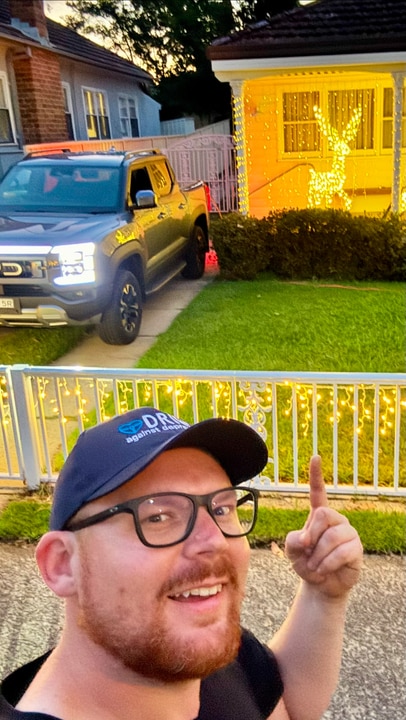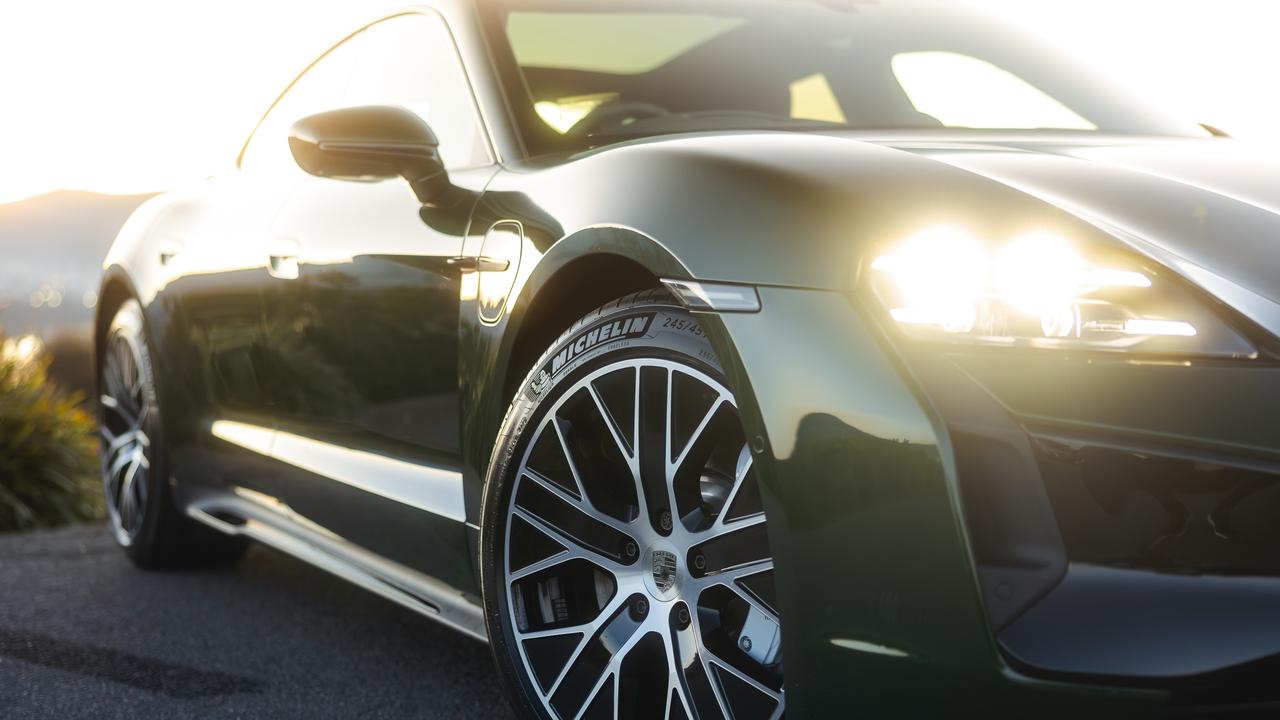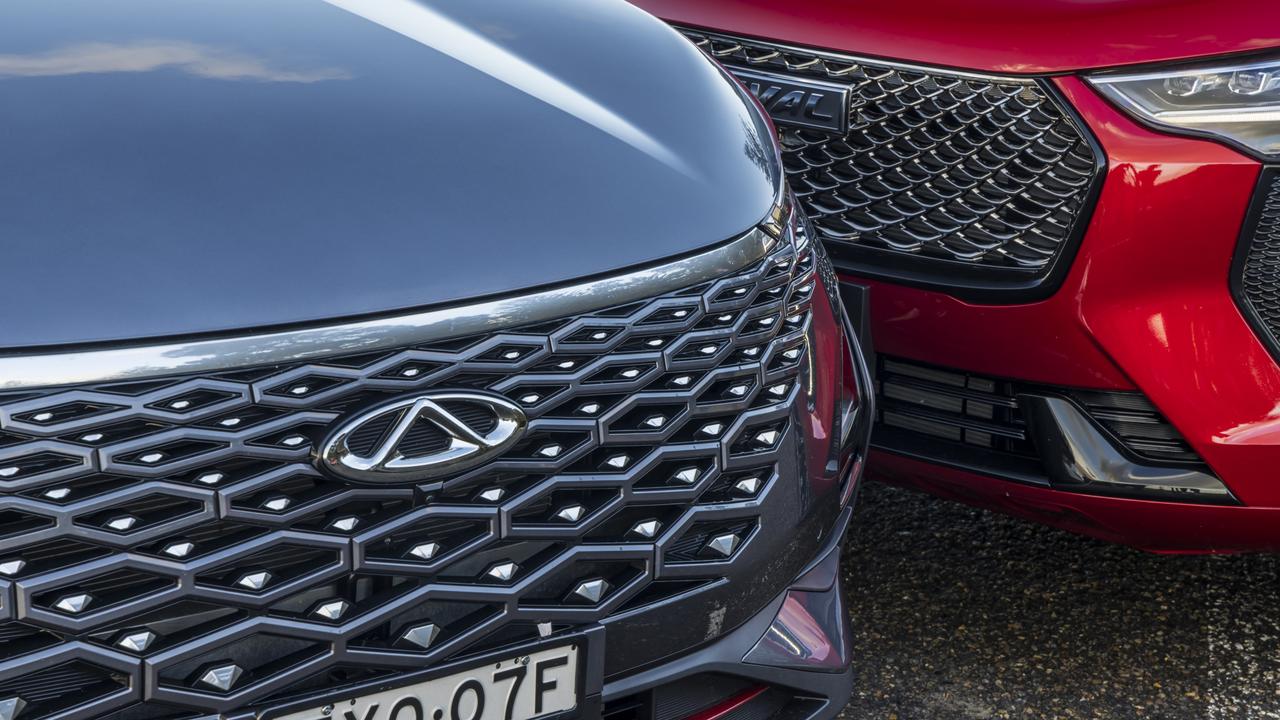Comment: Why you’re wrong about Chinese cars
Our 2024 Car of the Year shows cars from emerging Chinese brands are no longer cheap knock-offs lacking quality. If you disagree, you’re wrong.

Motoring News
Don't miss out on the headlines from Motoring News. Followed categories will be added to My News.
COMMENT: Chinese cars aren’t just cheap – some of them are genuinely brilliant.
We didn’t pick the BYD Shark 6 as the 2024 News Corp Car of the Year to rile up readers or generate clicks – we did so because it genuinely is a game-changer for the ute class.
The Shark shows the potential of what cars can be if you let engineers start with a blank sheet of paper, rather than copying rivals.
MORE: How a hybrid ute shocked Car of the Year judges

This use goes beyond “not bad for a Chinese car” sentiments to be something that redefines a class of vehicle.
It’s a stunning turnaround from the days of copycat Chinese cars that triggered legal action for copyright infringement.
I was disappointed by Kia’s unveiling of the Tasman ute this year.
Not just by odd styling that placed tiny headlights on outer extremes of the front end, but by mechanical hardware that showed little creativity.
MORE: The nine Car of the Year finalists

Most versions of the Ford Ranger, Toyota HiLux, Isuzu D-Max, Mazda BT-50 and Nissan Navara have four-cylinder turbo diesel engines, so guess what Kia put under the bonnet of the Tasman?
A four-cylinder turbo diesel engine.

The Shark’s wildly different approach combines twin electric motors in the front and rear with a big battery (almost 30kWh) and a small 1.5-litre turbo petrol engine that can contribute additional power when needed, or serve as a generator to top up the battery.
It’s faster and quieter than conventional rivals.
MORE: BYD Shark ute in the bush

You can plug it in to electricity and drive for up to 100km on electricity alone, or top off the fuel tank and drive interstate without worrying about charging infrastructure.
There are four household power points – one in the cabin, and three in the tray – that allow you to draw electricity from the main battery, which is tech that could transform the campsite and worksite.
It’s brilliant stuff.
As Luke Todd, chair of BYD importer EV Direct is quick to point out, China is a leader for battery electric tech.
The Shark comes from a country that is a world leader in electric vehicles, responsible for building cars such as the BMW iX1, Polestar 2, Volvo EX30, Tesla Model 3 and Kia EV5, along with metal from new brands such as Deepal, Xpeng, Leapmotor and Zeekr.

As I explained in a column examining Nissan’s crisis, if you want to buy a Navara Warrior ute for $60,000 or so, you’ll come home with a car that has a plastic steering wheel, hose-out vinyl interior, no sat nav and 140kW of power.
The BYD Shark has 321kW of power, along with heated and cooled faux leather seats, a huge touchscreen, heads-up display, clever smartphone app and much more for less money.
It doesn’t have a safety rating yet, but BYD is shooting for five stars, just like its Dolphin, Atto 3 and Seal electric cars.
Chinese car makers aren’t afraid to break unwritten rules in the car industry.

Conventional wisdom suggests high-performance models should have a holistic approach to speed, with bigger wheels, stickier tyres, upgraded suspension, more powerful brakes and supportive seats to match additional performance under the bonnet. You can see that thinking in performance cars such as the BMW M3, Audi RS3, Porsche 911 Turbo and Volkswagen Golf R – cars that cost roughly double the asking price of standard models with the same body shape.
But Chinese EVs such as the BYD Seal and MG4 X Power deliver supercar-like acceleration for only about $15,000 more than regular models.
No, they don’t handle as well as a Euro performance car, but can you really complain for half the money?
There definitely are dodgy options out there from Chinese brands.
We wouldn’t recommend the budget-friendly MG5 sedan, for example.

But the industry has come a long way from Chery hatchbacks sold for $9990 drive-away, or Great Wall utes riddled with asbestos.
Some of the first Chinese cars I reviewed had missing buttons on the dash – as in holes where the button had pushed through into a cavity behind the CD player – along with droopy fabric headlining and exposed foam on parts of the cabin.
Even the worst examples on sale today are much better than that.
Friends who work in the car game are staggered by the rate of development in China. Cars improve markedly from generation to generation, and technicians are regularly flown out to update local models.
When we criticised the poor driver aids of Chery’s Omoda 5 or rough ride of BYD’s Sealion, the brands raced to introduce changes as a result of media and customer feedback, getting them across the line in just a few months.
Japanese giants Toyota, Nissan and Mazda needed a lot of time to transform from manufacturers of basic transport to brands that can shift $100,000 machines. Hyundai and Kia needed less time to move from cut-price conveyances to six-figure luxury and performance cars.
The runway for Chinese brands will be even shorter before they truly take off.
More Coverage
Originally published as Comment: Why you’re wrong about Chinese cars





